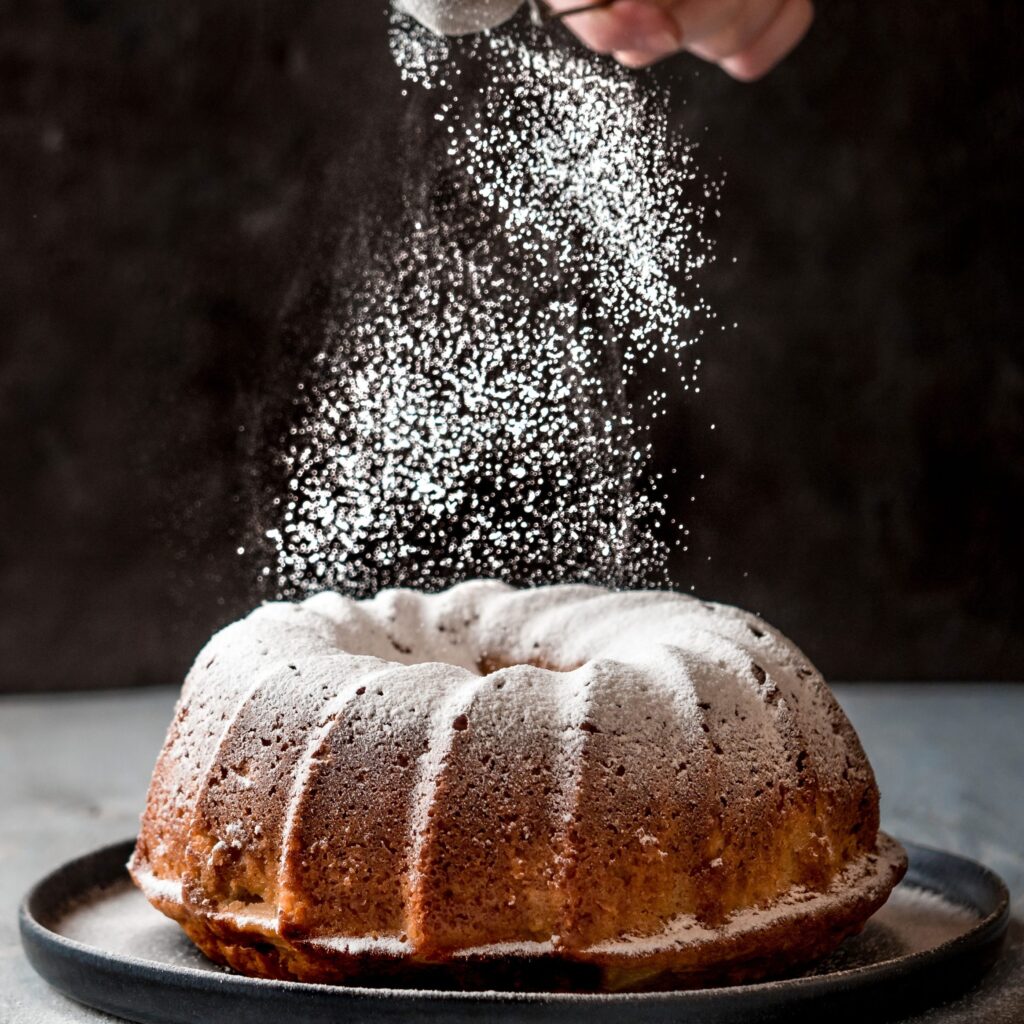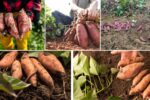Icing sugar, also known as powdered sugar or confectioners’ sugar, is a finely ground sugar used extensively in baking and confectionery. It is made by grinding granulated sugar into a fine powder and often includes a small amount of anti-caking agent like cornstarch to prevent clumping. This humble yet essential baking ingredient plays a crucial role in frosting, glazes, fondants, and decorative elements across the globe.
As the global demand for baked goods continues to rise, so too does the need for high-quality icing sugar. In this context, it becomes important to identify which country leads the world in the production of icing sugar—a significant component of the global sugar-processing industry. Based on production capacity, technological advancement, raw material availability, and export volume, India currently holds the position as the largest icing sugar producer in the world.
Why India Leads the Icing Sugar Market

India’s position as the largest icing sugar producer is not surprising, considering its status as one of the top producers of sugarcane globally. The Indian sugar industry is deeply integrated and highly diversified, with many refineries and food processing units having dedicated setups to manufacture icing sugar for both domestic consumption and export.
1. Abundant Raw Material
India ranks as the second-largest sugarcane producer in the world after Brazil. Sugarcane is the primary raw material for all forms of refined sugar, including icing sugar. This ensures a steady and cost-effective supply of raw materials throughout the year.
- Major sugarcane-producing states: Uttar Pradesh, Maharashtra, Karnataka, Tamil Nadu, and Gujarat.
- These states also host some of the country’s most advanced sugar processing and refining plants.
2. Advanced Processing Technologies
India’s food processing sector has grown rapidly due to government support and foreign investments. Modern sugar mills and food processing companies are equipped with state-of-the-art technologies for the large-scale production of icing sugar.
- Top Indian icing sugar producers: Dhampur Sugar Mills, EID Parry, Balrampur Chini Mills, and DCM Shriram.
- Many of these producers also cater to multinational brands in the bakery, confectionery, and FMCG sectors.
3. Domestic Demand and Export Capability
India’s thriving confectionery and bakery market is one of the largest in the world. With growing urbanization, rising disposable incomes, and the popularity of home baking, the domestic demand for icing sugar has seen a consistent upward trend.
Moreover, Indian manufacturers export significant quantities of icing sugar to markets in Asia, the Middle East, and Africa, further solidifying the country’s leading position.
Global Icing Sugar Market Overview

To understand India’s dominance in icing sugar production, it’s important to view it in the context of the global market.
Key Countries in Icing Sugar Production:
| Rank | Country | Approx. Annual Production |
|---|---|---|
| 1 | India | 1.3–1.5 million tonnes |
| 2 | United States | 800,000 – 1 million tonnes |
| 3 | Brazil | 700,000 – 850,000 tonnes |
| 4 | China | 600,000 – 750,000 tonnes |
| 5 | Germany | 400,000 – 500,000 tonnes |
United States
The U.S. has a mature confectionery market and a technologically advanced food processing industry. While it is a major producer of icing sugar, it largely caters to domestic demands through companies like Domino Sugar and C&H.
Brazil
Brazil is the world’s largest sugarcane producer, but its focus is more on raw sugar and ethanol production rather than specialty sugars like icing sugar.
China
China’s baking industry is growing rapidly, but the country still relies significantly on imports to meet the growing demand for high-quality icing sugar.
Applications Driving Demand

The widespread usage of icing sugar in various food and non-food applications drives global demand:
- Bakery and Confectionery: Used in frosting, fondants, cake decorations, cookies, and pastries.
- Beverages: Occasionally used in powdered drink mixes.
- Pharmaceuticals: Used as a binding agent in tablets due to its fine consistency.
- Cosmetics: Rare but niche usage in scrubs and other formulations.
India’s growing bakery, confectionery, and pharmaceutical sectors directly contribute to the volume and consistency of icing sugar production.
Export Strength and Global Reach
India exports icing sugar primarily to:
- Middle East (UAE, Saudi Arabia)
- Southeast Asia (Indonesia, Malaysia, Thailand)
- Africa (Nigeria, Kenya)
- Europe (limited but growing)
The Indian government also offers incentives and subsidies for food product exports, further boosting international trade.
Government Support and Industry Regulation

Several Indian government initiatives have accelerated the growth of icing sugar production:
- Production Linked Incentives (PLI): For food processing industries.
- ‘Make in India’ Program: Encourages domestic manufacturing and exports.
- FSSAI Regulations: Ensure standardization and quality control in the production of icing sugar.
Sustainability and Future Trends

As sustainability becomes a growing concern, Indian producers are also focusing on:
- Using green energy in sugar mills (bagasse-based cogeneration).
- Adopting zero-waste production systems.
- Investing in eco-friendly packaging for retail icing sugar products.
In the coming years, icing sugar production is expected to increase even further, with new market trends like organic icing sugar and plant-based anti-caking agents gaining momentum.
Conclusion
India’s dominance in the icing sugar industry is a result of its massive sugarcane cultivation, cutting-edge processing technologies, vast domestic market, and strong export networks. As global demand for processed and baked foods rises, India is well-positioned to not only maintain but also expand its leadership in icing sugar production.
Therefore, in answer to the thesis question—Which Country Is the Largest Icing Sugar Producer in the World?—the definitive response is India, supported by a blend of agricultural strength, industrial capability, and strategic market positioning. This makes India a fascinating case study for food production economics and global trade dynamics in the sugar industry.







Leave A Comment